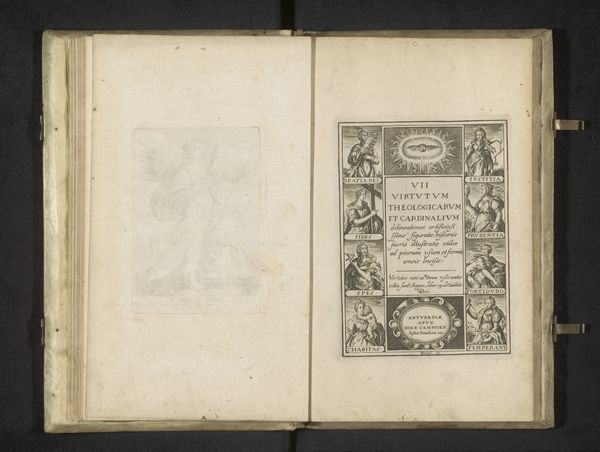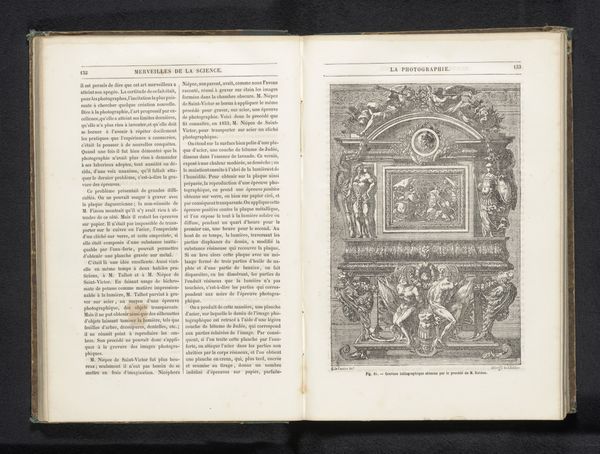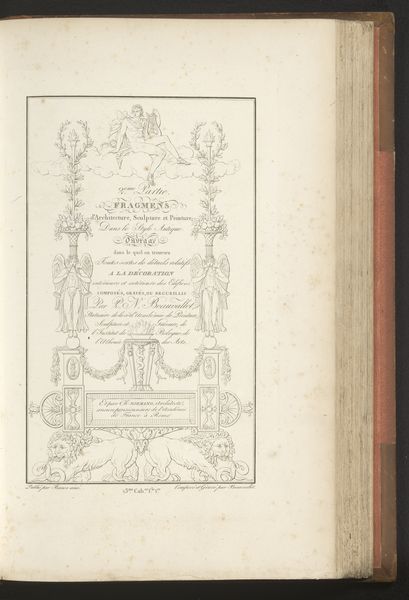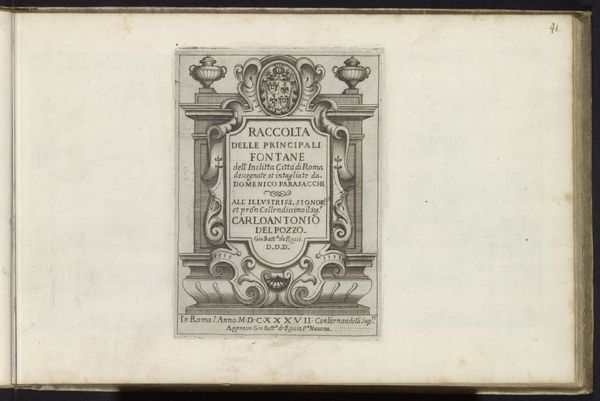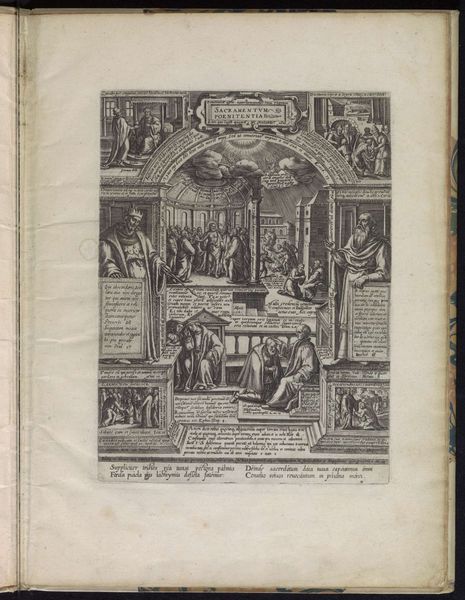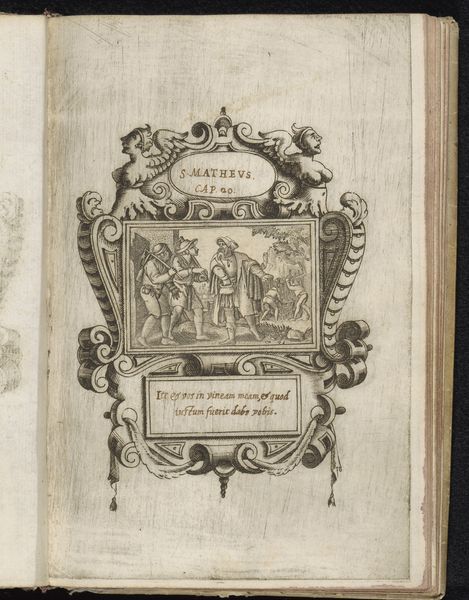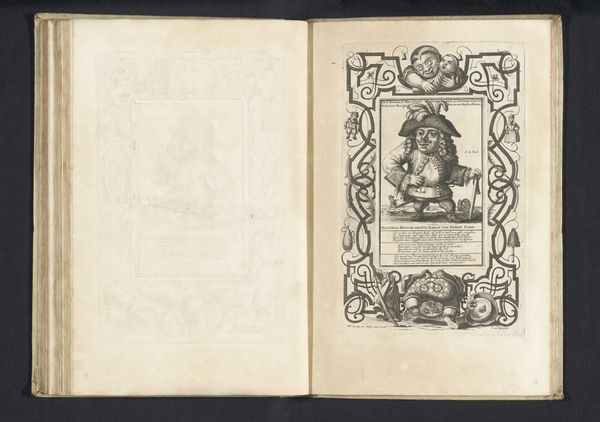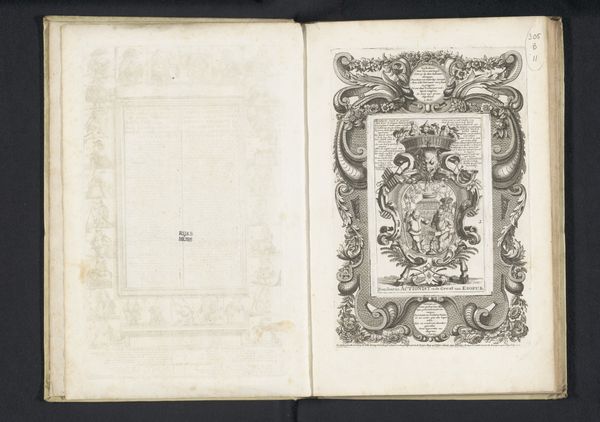
I Quattro Libri dell'Architettura Di Andrea Palladio. Ne' quali, dopo un breue trattato de' cinque ordini, & di quelli auertimenti, che sono piu necessarij nel fabricare; Si Tratta Delle Case Private, delle Vie, de i Ponti, delle Piazze, de i Xisti, et de'Tempij. Possibly 1570
0:00
0:00
print, engraving, architecture
# print
#
figuration
#
italian-renaissance
#
engraving
#
architecture
#
calligraphy
Dimensions: page size: 29.2 x 20.1 cm (11 1/2 x 7 15/16 in.) overall size (volume closed): 30 x 21.1 x 3.6 cm (11 13/16 x 8 5/16 x 1 7/16 in.)
Copyright: National Gallery of Art: CC0 1.0
Curator: Here we have the engraved title page of Andrea Palladio’s "I Quattro Libri dell'Architettura," or "Four Books on Architecture," possibly from 1570. Look at the intricate detail—every line serves a structural and decorative purpose. Editor: Oh, wow. It's imposing. Feels like staring at a fortress gate. Makes me want to design my own little castle! Curator: Notice the composition's rigorous symmetry. The Corinthian columns, the allegorical figures, and even the carefully lettered text are all meticulously balanced, creating a sense of harmony. We see principles of Renaissance architectural theory made manifest. Editor: You can tell this isn't just about construction, can't you? I mean, sure, the lines are clean and sharp, almost clinical, but all these mythological figures... it feels like they're selling an ideal more than just practical designs. Sort of a "build a better you" vibe through architecture! Curator: Precisely! Palladio drew heavily from classical antiquity, seeking to revive its ideals of order and proportion. Note the presence of "Regina Virtus" at the very top – she's personifying Virtue as Queen of Architecture and underscores that this book, these designs, are aimed to promote these higher values. Editor: Fascinating. It is like Palladio is weaving stories and aspirations, a real cultural manifesto in disguise of an architecture textbook. That image in the middle— a naval scene inside an oval medallion—feels really powerful, evoking ancient seafarers, adventure, classical heroism. Curator: Observe, finally, the texture and detail that engraving allows. Each line adds dimensionality, and evokes a sense of monumentality, hinting at the permanence of the structures being documented in this volume. The Italian Renaissance certainly understood the lasting impact of printed images. Editor: Absolutely! Looking at it this way, you can see it wasn't only for architects but for anyone dreaming of their own corner of the Italian Renaissance. Curator: A lasting expression of beauty, intellect and a testament to timeless aesthetic and functional principles. Editor: Indeed. So much more than ink on paper – this book is an experience.
Comments
No comments
Be the first to comment and join the conversation on the ultimate creative platform.
